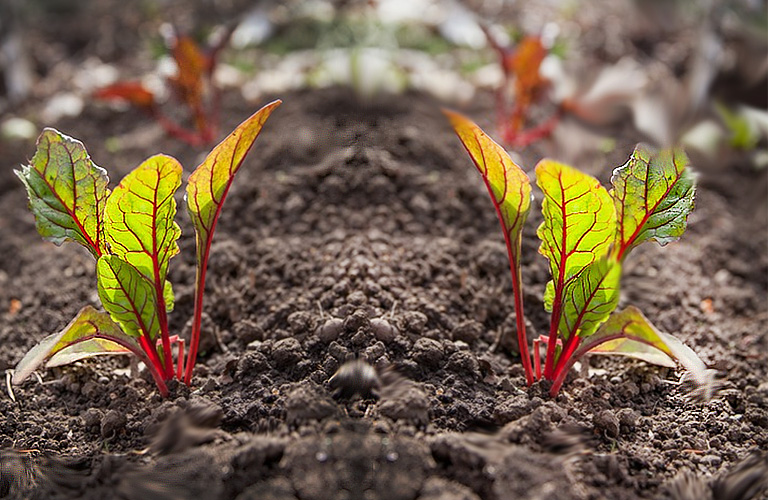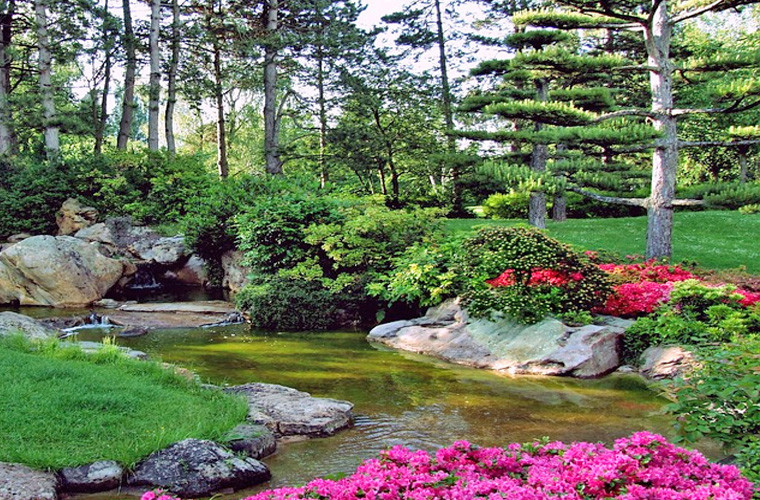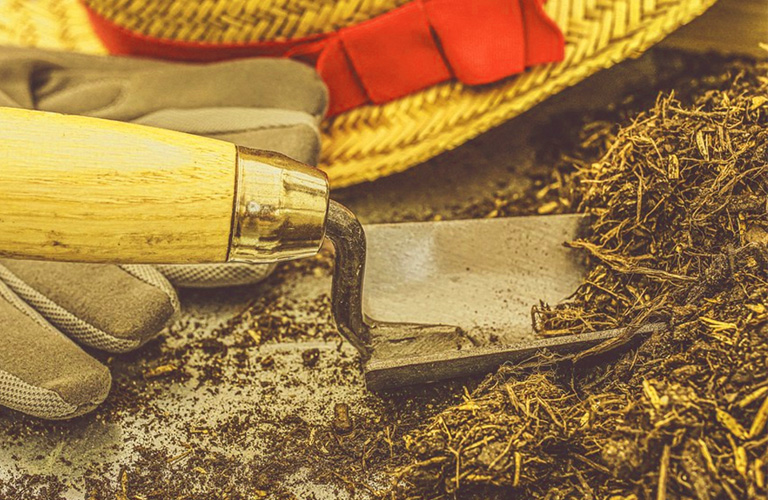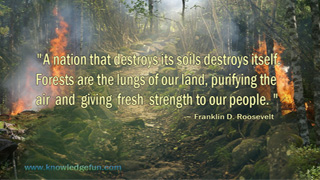Let's also suppose it's been a typical maritime Northwest rainy winter, so on April 1 the soil is at field capacity, holding all the moisture it can. From early April until well into September the hot sun will beat down on this bare plot. Our summer rains generally come in insignificant installments and do not penetrate deeply; all of the rain quickly evaporates from the surface few inches without recharging deeper layers. Most readers would reason that a soil moisture measurement taken 6 inches down on September 1, should show very little water left. One foot down seems like it should be just as dry, and in fact, most gardeners would expect that there would be very little water found in the soil until we got down quite a few feet if there were several feet of soil.
But that is not what happens! The hot sun does dry out the surface inches, but if we dig down 6 inches or so there will be almost as much water present in September as there was in April. Bare earth does not lose much water at all. Once a thin surface layer is completely desiccated, be it loose or compacted, virtually no further loss of moisture can occur.
The only soils that continue to dry out when bare are certain kinds of very heavy clays that form deep cracks. These ever-deepening openings allow atmospheric air to freely evaporate additional moisture. But if the cracks are filled with dust by surface cultivation, even this soil type ceases to lose water.
Soil functions as our bank account, holding available water in storage. In our climate soil is inevitably charged to capacity by winter rains, and then all summer growing plants make heavy withdrawals. But hot sun and wind working directly on soil don't remove much water; that is caused by hot sun and wind working on plant leaves, making them transpire moisture drawn from the earth through their root systems. Plants desiccate soil to the ultimate depth and lateral extent of their rooting ability, and then some. The size of vegetable root systems is greater than most gardeners would think. The amount of moisture potentially available to sustain vegetable growth is also greater than most gardeners think.
-
FIND OUT MORE:
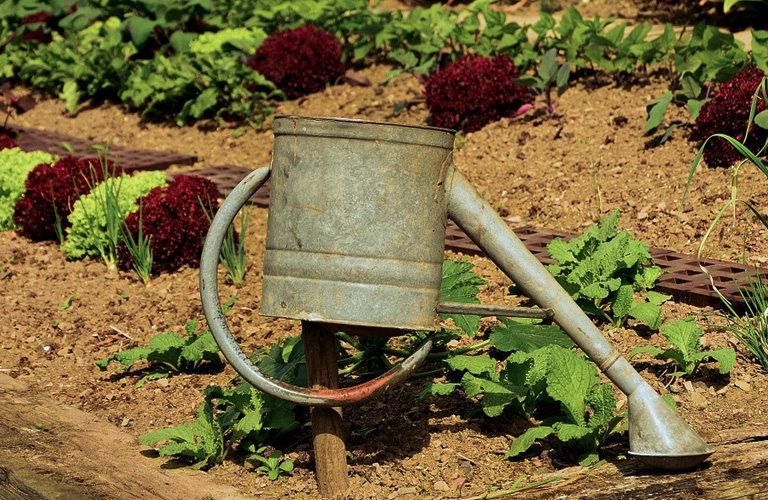
Rain and irrigation are not the only ways to replace soil moisture. If the soil body is deep, water will gradually come up from below the root zone by capillarity. Capillarity works by the very same force of adhesion that makes moisture stick to a soil particle. A column of water in a vertical tube (like a thin straw) adheres to the tube's inner surfaces. This adhesion tends to lift the edges of the column of water. As the tube's diameter becomes smaller the amount of lift becomes greater. Soil particles form interconnected pores that allow an inefficient capillary flow, recharging dry soil above. However, the drier soil becomes, the less effective capillary flow becomes. That is why a thoroughly desiccated surface layer only a few inches thick acts as a powerful mulch.
Industrial farming and modern gardening tend to discount the replacement of surface moisture by capillarity, considering this flow an insignificant factor compared with the moisture needs of crops. But conventional agriculture focuses on maximized yields through high plant densities. Capillarity is too slow to support dense crop stands where numerous root systems are competing, but when a single plant can, without any competition, occupy a large enough area, moisture replacement by capillarity becomes significant.



